In 2022, Kunal Ghosh Dastider had revealed to us the visual effects work made by DNEG on Sonic The Hedgehog 2. Then, he worked on the Netflix film Lou.
Back in 2019, Spencer Cook gave us a behind-the-scenes look at DNEG’s animation work for Godzilla: King of the Monsters. He then worked on Venom: Let There Be Carnage.
How did you get involved in this film?
Kunal – I had the opportunity to apply some new approaches for creature workflow for this particular show.
Spencer – I was taking time off after supervising the creature animation for Venom: Let There Be Carnage. During my time off I kept in touch with our DNEG studio manager, she would tell me about upcoming projects and as soon as she started talking about No One Will Save You, I was interested.
How was the collaboration with Director Brian Duffield?
Kunal – Brian had many cool ideas and wanted to try out different ways to creatively approach VFX. There was an emphasis on the character-centric storytelling and keeping the approach bizarre and weird. He would love to act out the motion of the aliens and send us the videos. We then discussed it in our calls to help guide through our process.
Spencer – It was great. Brian was very open to collaborating and experimenting. Brian’s script gave a good idea of how weird and unsettling he wanted the aliens to be. It was important for the story to find ways to hint at a culture for the aliens, a style of movement for each that indicates their place in the alien society.
In order to find the body language for each alien I suggested we set up a mocap session where Brian and I could try out ideas on the fly and quickly iterate. We could’ve started with animation tests but I felt we would find the body language of each alien quicker if we were directing a performer. I made a list of actions and performances based on Brian’s script. We hired professional mocap/creature performer Richard Dorton (who I’ve worked with before), and spent two days on a mocap stage in LA playing around with different ways to convey the actions in the script. We never intended to use the mocap data in the final shots, Brian and I both felt the aliens should move in inhuman ways, but it gave us a good foundation and clear direction for the animation tests back at DNEG.
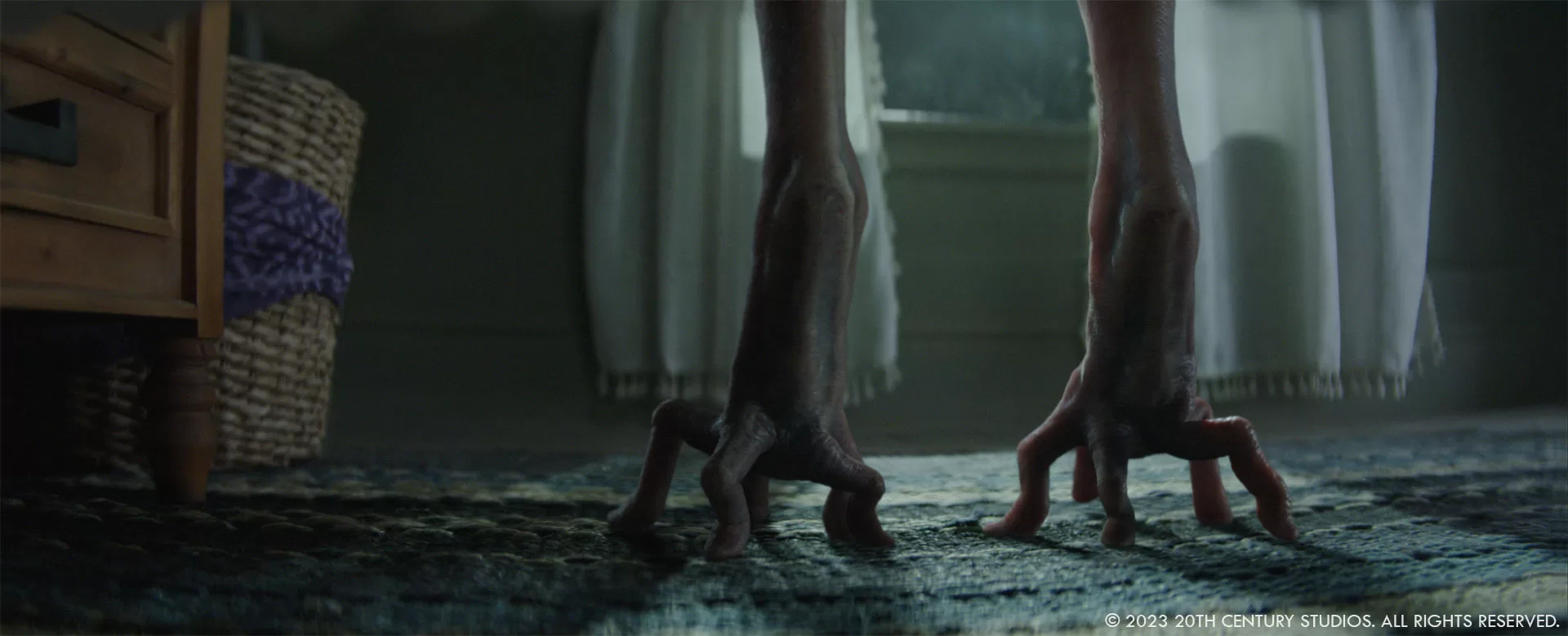
What was his approach and expectations about the visual effects?
Kunal – Everything needed to have a bizarre touch of science fiction but be somewhat grounded in reality. Feeling realistic yet set in a dark scary environment. Apart from the aliens and the parasite, the flying saucer and surrounding “alien” clouds needed to also feel like a character. Even the “alien” light beams needed to have its own character and personality. We digested all these challenges with Production VFX Supervisor Stephane Paris, then we focused on how we translate that best into our world with our team.
Spencer – Brian wanted the aliens to be weird and inscrutable to humans, to move in unsettling ways.
An aspect that we focused on a lot in animation was the multi-layered language of the aliens. In addition to the sounds they made, their physicality is filled with nuance and complexity beyond human understanding. To convey these ideas visually, we started with mouth movement, then added ripples in the skin around the neck and temples, we also added small head twitches/clicks and hand gestures to suggest the aliens use all parts of their body to communicate with each other. As Brian put it, these extra gestures are the equivalent of humans using italics or bold type in an email. A lot was made in the press that there was no dialog in the movie, while that’s true for the humans, the aliens speak quite a bit throughout the movie, we just can’t understand them.
Can you elaborate about the design and creation of the aliens?
Kunal – We received concepts from production design and over time it evolved at DNEG into a lot of fine details and nuances with the aliens. Since Brian Duffield avoided having dialog it was even more crucial to have very sophisticated facial expressions to translate the emotions to the viewers, even if we kept facial animation at a minimum.
The eyes were especially a challenge because they were hidden behind a membrane that acted as a kind of shield and we would want to reveal or see the eyes only in certain moments for story telling reasons. Our Compositing Supervisor Mohsin Kazi came up with a slick trick of rebuilding the shader in compositing and adding some 2.5 magic to it, so we could dial the look in without needing to re-render in lighting every time we had creative notes per shot.
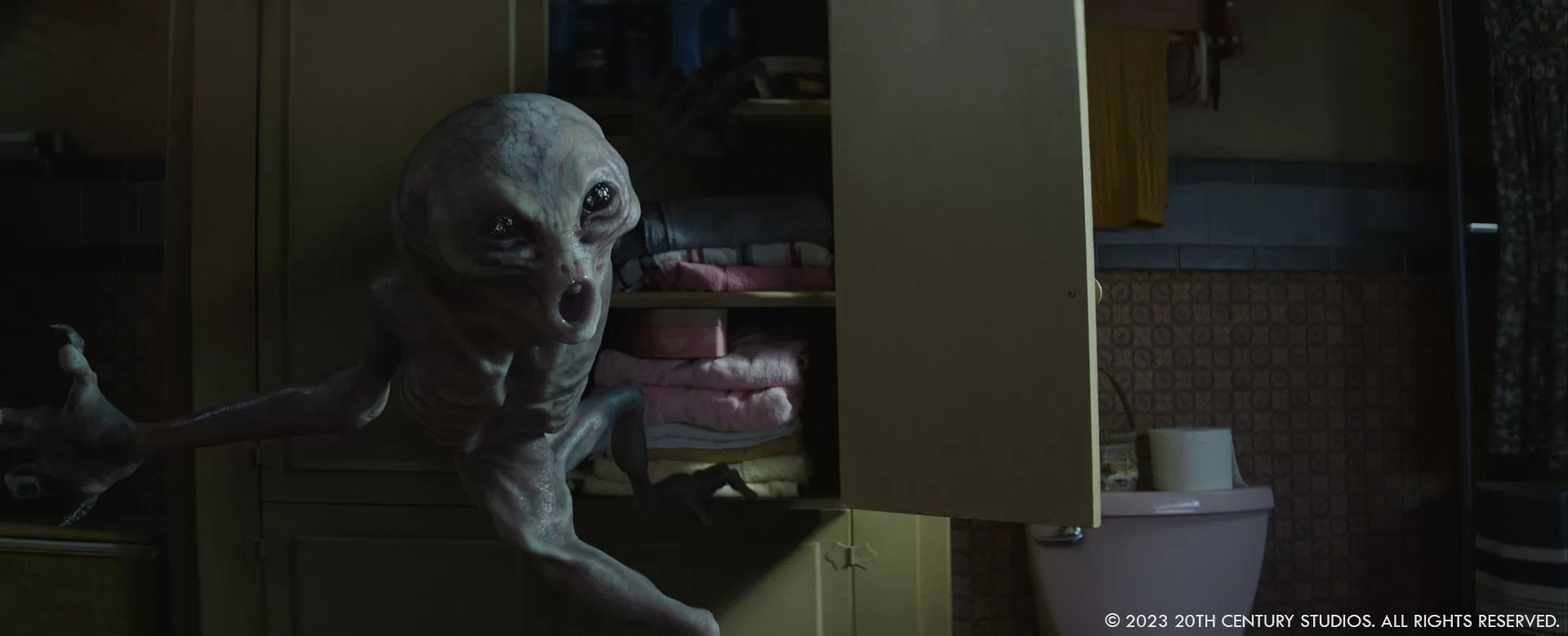
Spencer – Brian wanted us to visually depict a culture through body language that humans don’t understand. We developed unique physical characteristics for each alien, We wanted to give them distinct personalities and a sense of who they are in the alien culture;
-Main Gray – Leader of the group. Calm, intellectual, elegant, aloof like a cat
-Little Gray – Worker class. Short, chimp-like. Hyper aggressive like an attack dog.
-Daddy Long Legs – The high priest of the group, spiritual leader. Moves with weird ritualistic gestures.
Facial animation was kept to a minimum for the Main Gray. Brian wanted him to be mysterious and creepy, his black eyes giving little indication of what he might do next. The Little Gray was the most expressive. He would easily fly into a rage or whine when injured.
While each alien presented its own creative and technical challenges none were more challenging than the Daddy Long Legs. The unusual alien anatomy with long legs and extra joints, some bending backwards, required our team to customize the rig well beyond our usual template.
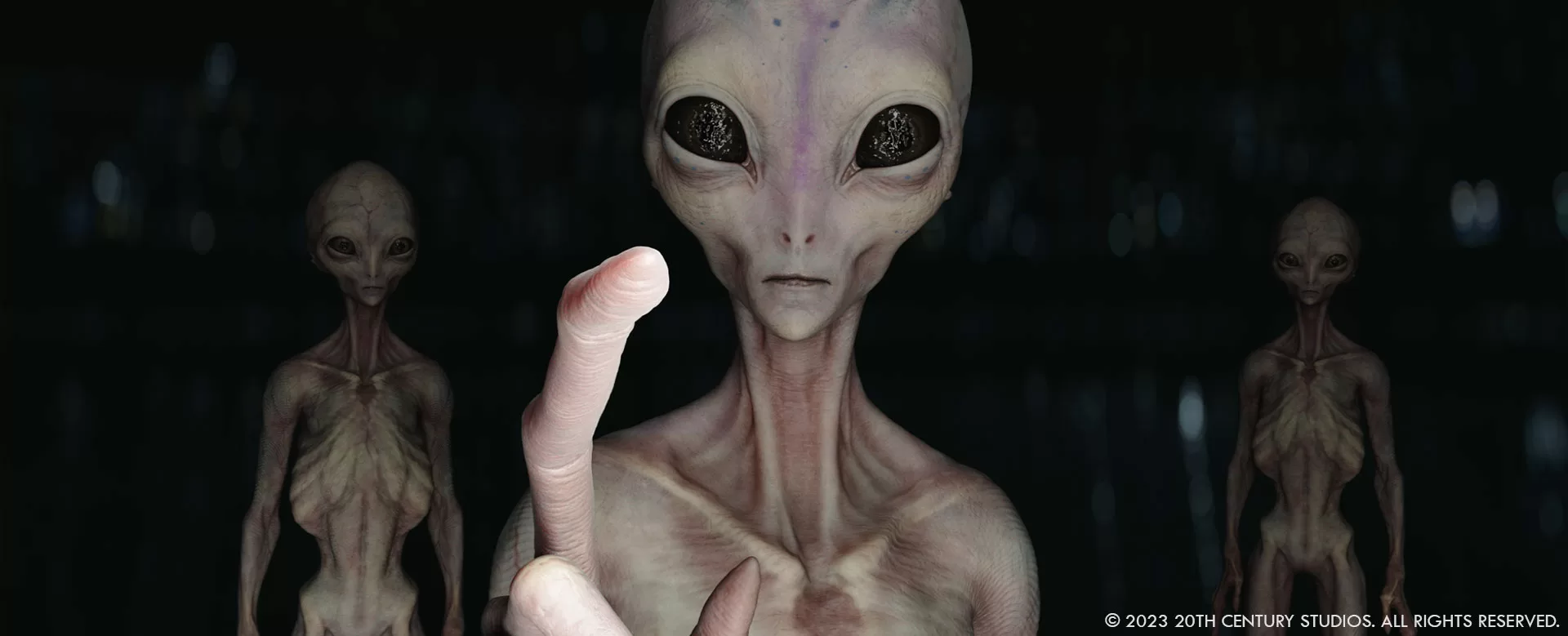
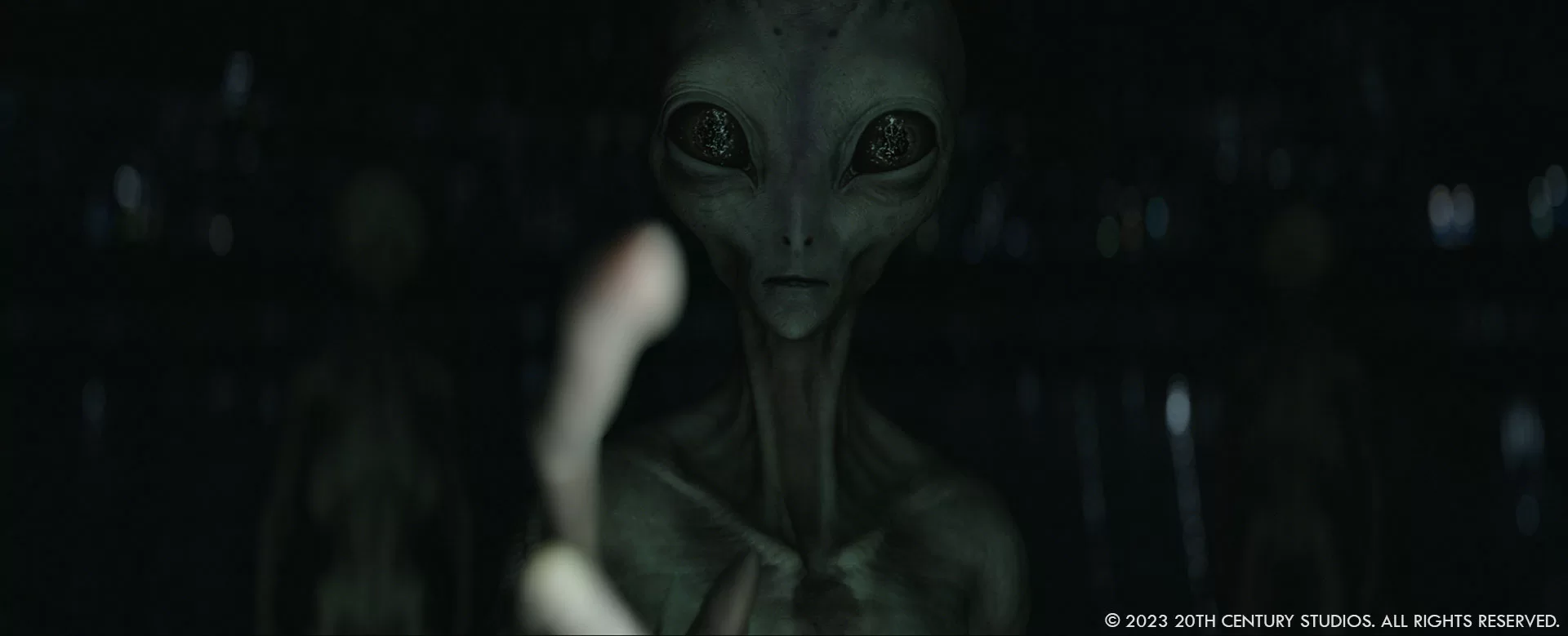
How was their presence on set? How did you handle the challenges of weight?
Spencer – On set we had a Main Gray head, mostly used for lighting reference and a full body of the dead Main Gray. My concern on set and location was mostly that the camera moves weren’t too fast for a big creature like the Daddy Long Legs. Another consideration was framing for the aliens. The stunt guy stood in for the Main Gray and Little Gray so that was fairly straightforward. For composing Daddy Long Legs shots, since he’s much taller than the others, we used a “monster stick”, which is just a long pole with a blue ball at the top where his head would be. I usually had the job of holding the monster stick so the crew could frame the shots. I stood in a field in the night, during the Louisiana summer, moving the monster stick around for Kaitlyn to react to. Not a glamorous job but fun nonetheless!
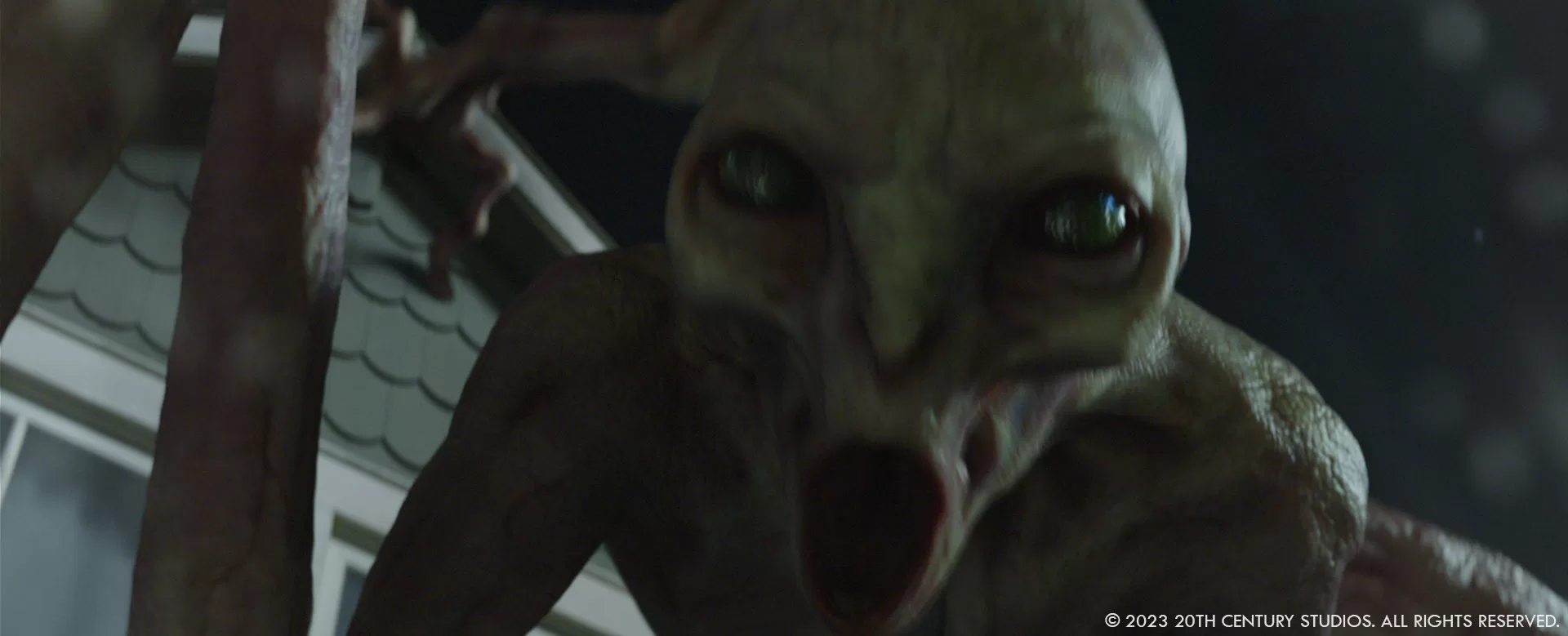
How did you work with the SFX and stunt teams for the aliens’ interactions?
Spencer – We had a stunt person in a green suit stand in for the aliens. Production VFX Supervisor Stephane Paris and I helped direct him based on things we learned in the mocap sessions and animation tests. This also gave lead actress Kaitlyn Dever something to react to, especially in fight scenes.
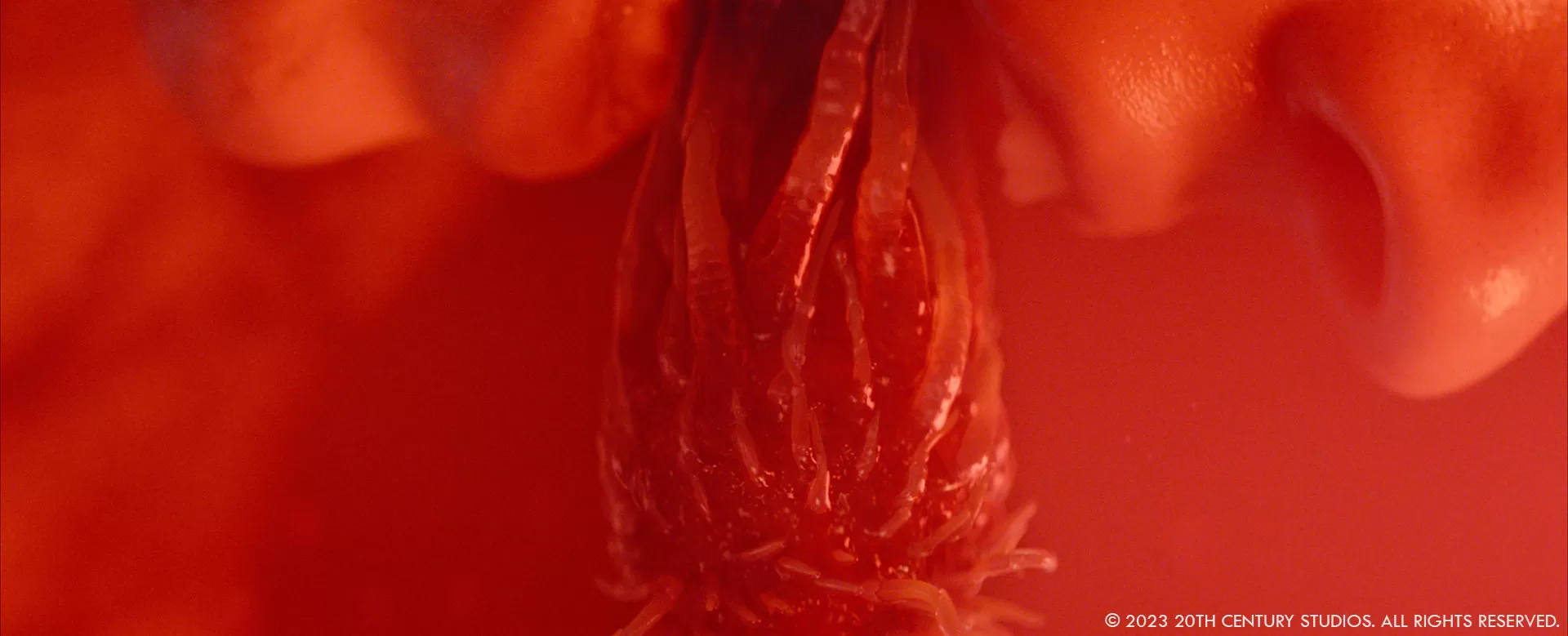
Can you tell us more about their rigging and animations?
Kunal – The Creature team was led by Creature Supervisor Anaïs Ringenbach and Build Supervisor Andreas Loose. They worked hard to come up with solutions to the challenges of the bizarre motion and behavior that the aliens had to deliver. Since none of the aliens should move too humanoid-like, especially Daddy Long Legs who would also move in a reversed quadruped manner, we had some challenges in terms of rigging and building the creature. With some head banging and combined brain power, the team brought a solution to the table that was achieving all our goals and giving our animation team enough control to bring the creatures to life.
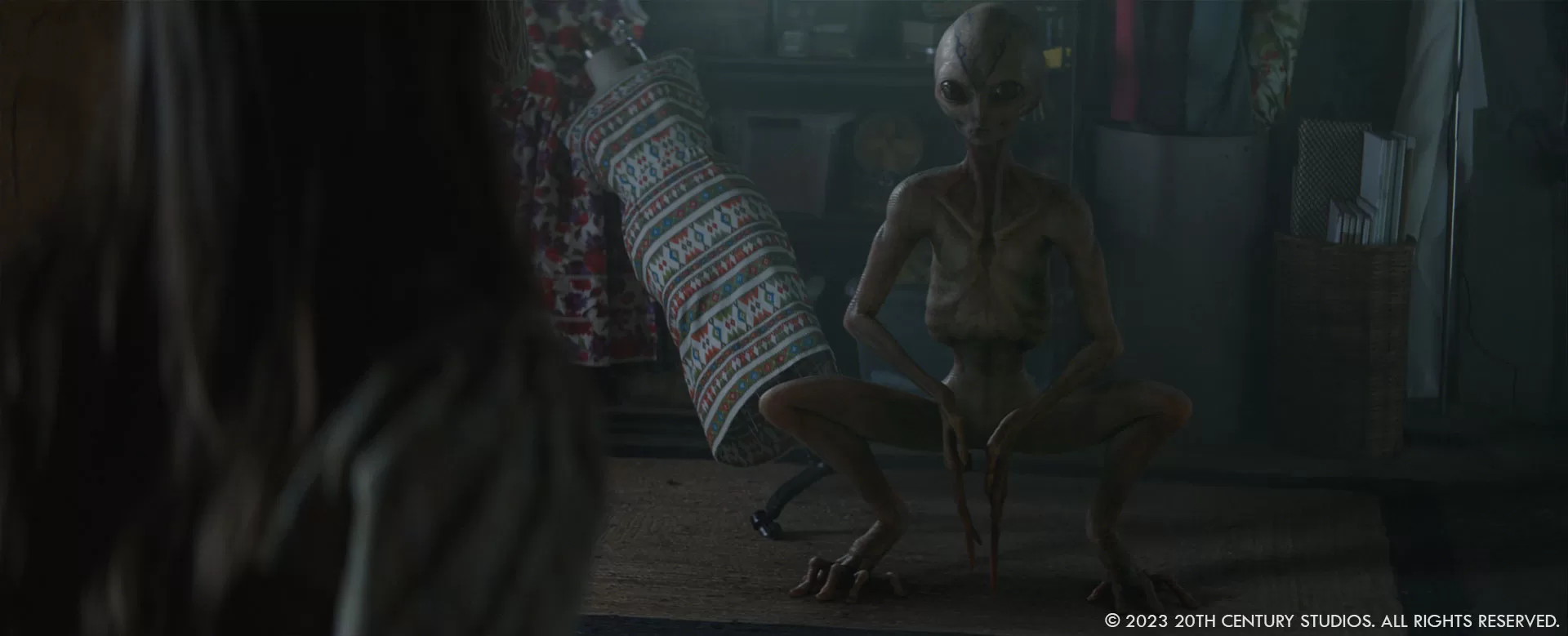
Spencer – The Main Gray and the Little Gray were fairly straightforward in terms of rigging because they were basically bipedal designs. However, one challenge with the Main Gray was when he walks on his toes. He mostly walks flat footed but in one sequence he stands up on his toes with each foot crawling like a spider.
The Daddy Long Legs was the most difficult to rig. The multiple limbs, some joints facing backwards, took some time to work out. It’s generally a back and forth process between animation and rigging. We initially suggested rigging what we thought we needed to animate a creature. Rigging did a first pass and gave it back to us. We did animation tests and learned new things then went back to rigging with updated notes, and so on. As our animation tests progressed and we dialed in how Daddy Long Legs should move and behave, we gave rigging more specific notes on exactly what we needed and what we didn’t need.
DNEG Lead Animator Sebastian Weber helped design each alien rig and animated many of the key shots. He was especially instrumental in making the complex rigs work for the Main Gray toe walking and the unusual anatomy of the Daddy long Legs.
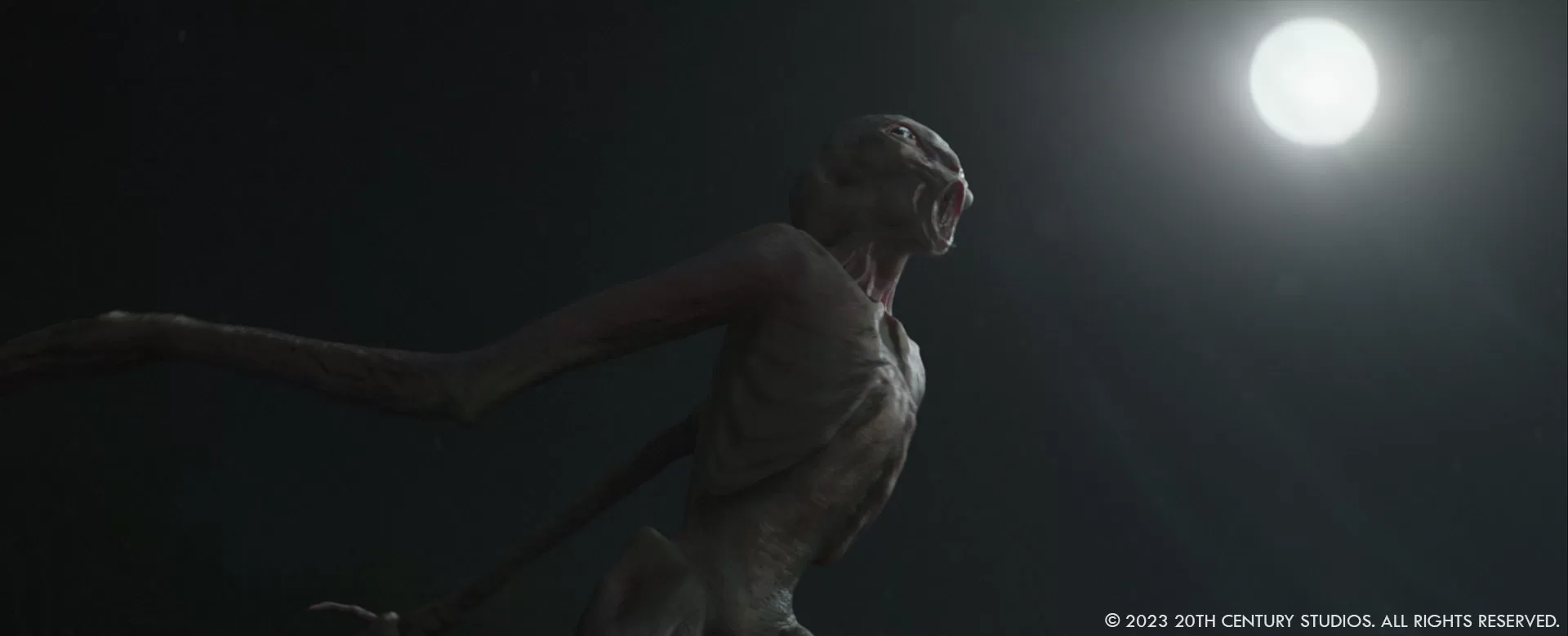
What kind of references and influences did you receive from the director for the aliens animations?
Spencer – Brian’s script was the starting point, then through conversations and reviews we would further clarify his ideas. It was my job to find visual references. In creature animation we always try to find real animal/people references to base the fantasy creatures on. The creatures will be more realistic if we can mix in real animal characteristics with the fantasy elements. For example, the Daddy Long Legs is generally based on video reference of spiders, crabs, praying mantis and giraffes, but also I collected references of various religious ceremonies looking for gestures that we could translate to the alien ceremony.
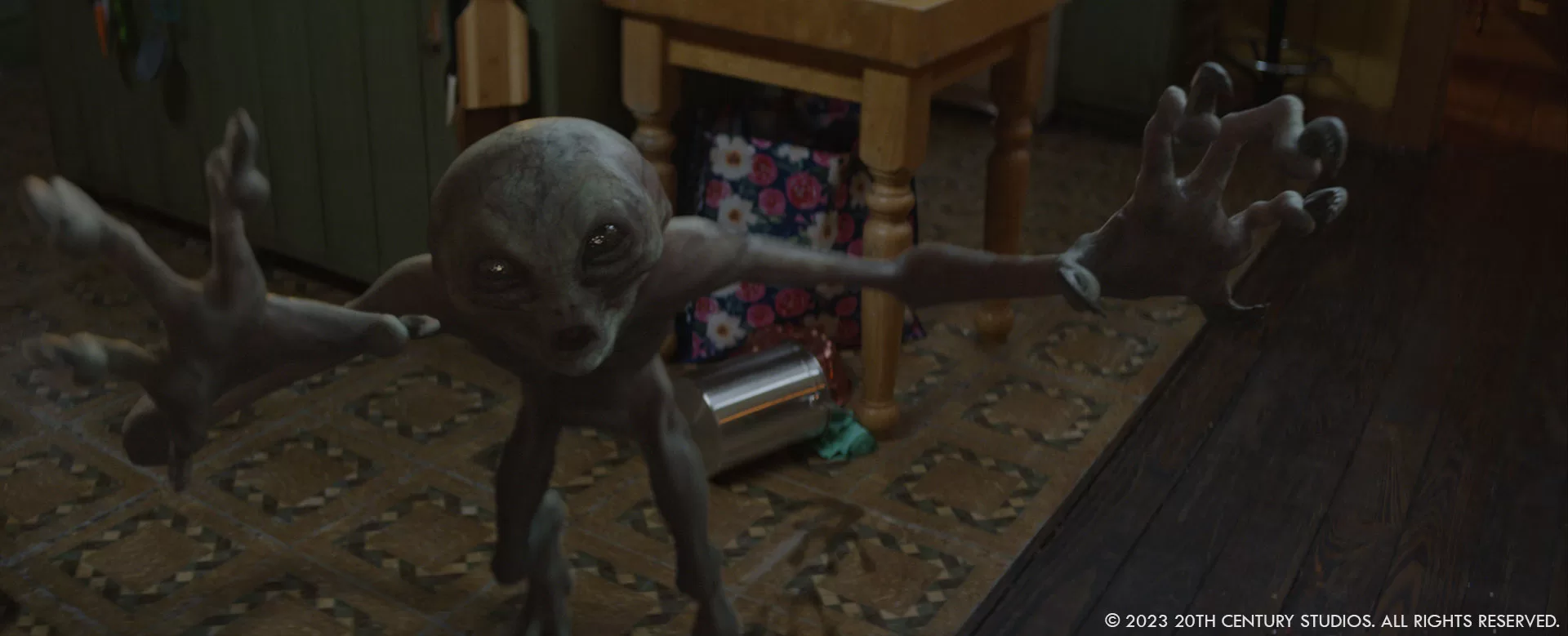
Tricky question, which alien is your favorite?
Kunal – For sure a trick question. I have to say no favoritism, I have the same love for all of them! It doesn’t matter tall, short, wide, thin or freaky, I love them all!
Spencer – I don’t have a favorite. All three were fun and interesting to create. Each alien was so different from the others that it was an enjoyable challenge to define the rules for how to clearly portray their personalities and intentions in each scene.
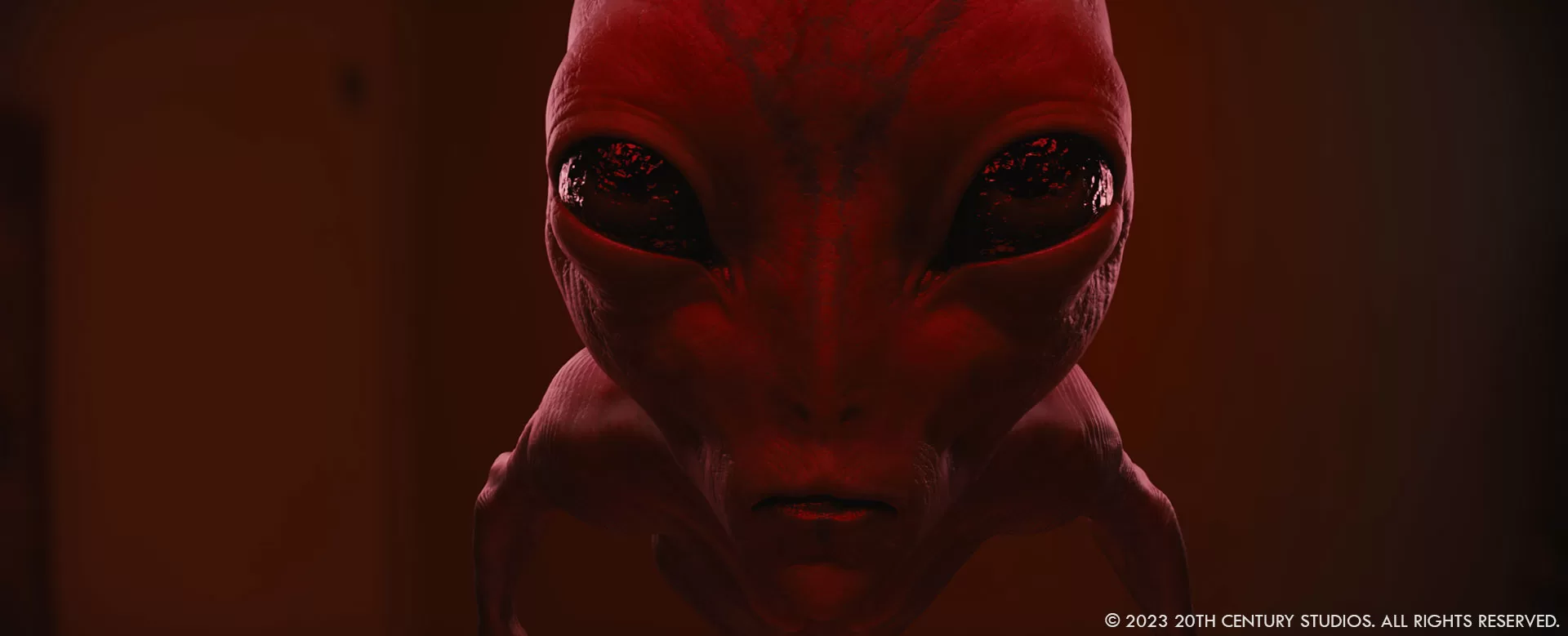
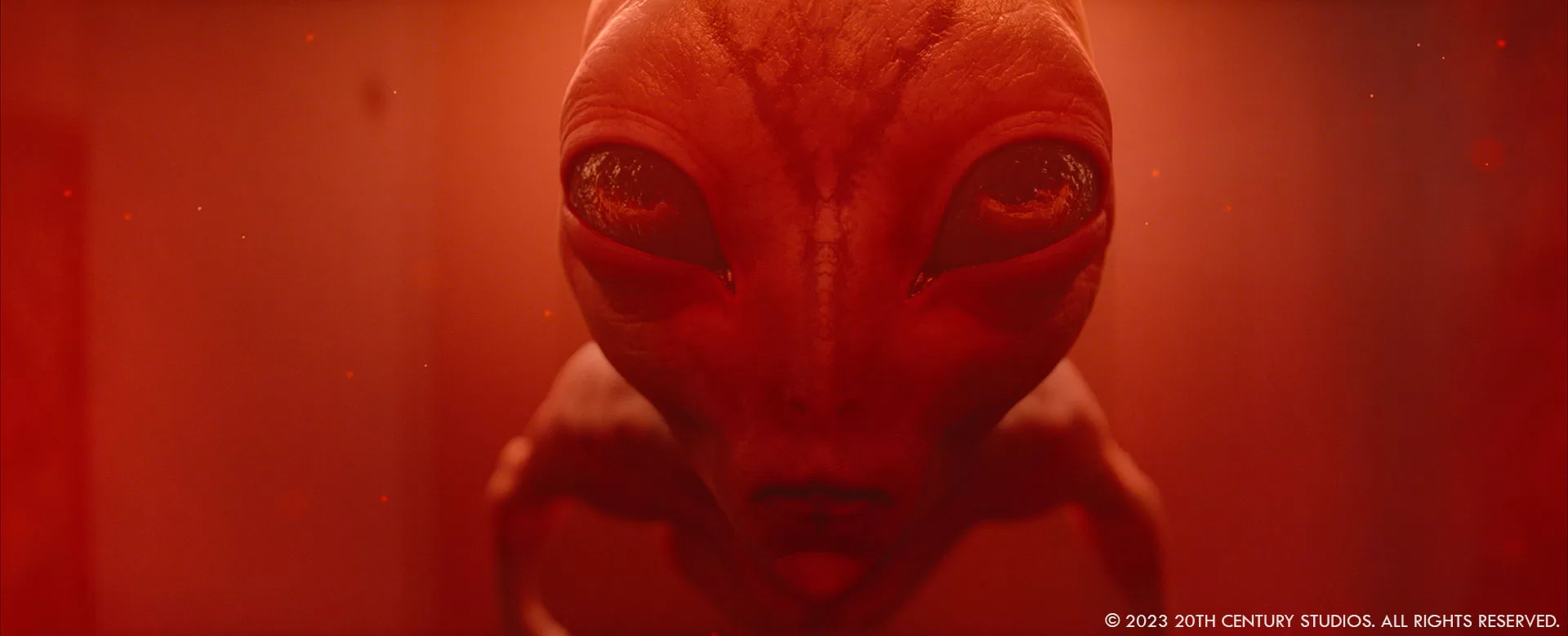
Can you elaborate about the creation of the flying saucers?
Kunal – As mentioned before, everything needed to have its own character, the flying saucer was designed to have multiple discs on top of each other with a Vantablack material finish. Due to the night sky making it hard to see, we added some stars and clouds so we could separate the discs from the sky and justified adding some lights that would come out when those discs were separating from the flying saucer.
Spencer – Brian wanted the ships to be mysterious. They were designed to be simple disc shapes with not a lot of surface detail. At one point the Daddy Long Legs communicates with the ship through a series of gestures, like sign language or semaphore. The ship responds with alternating discs moving in a cascading pattern. This made the ship feel like a character instead of just a vehicle.
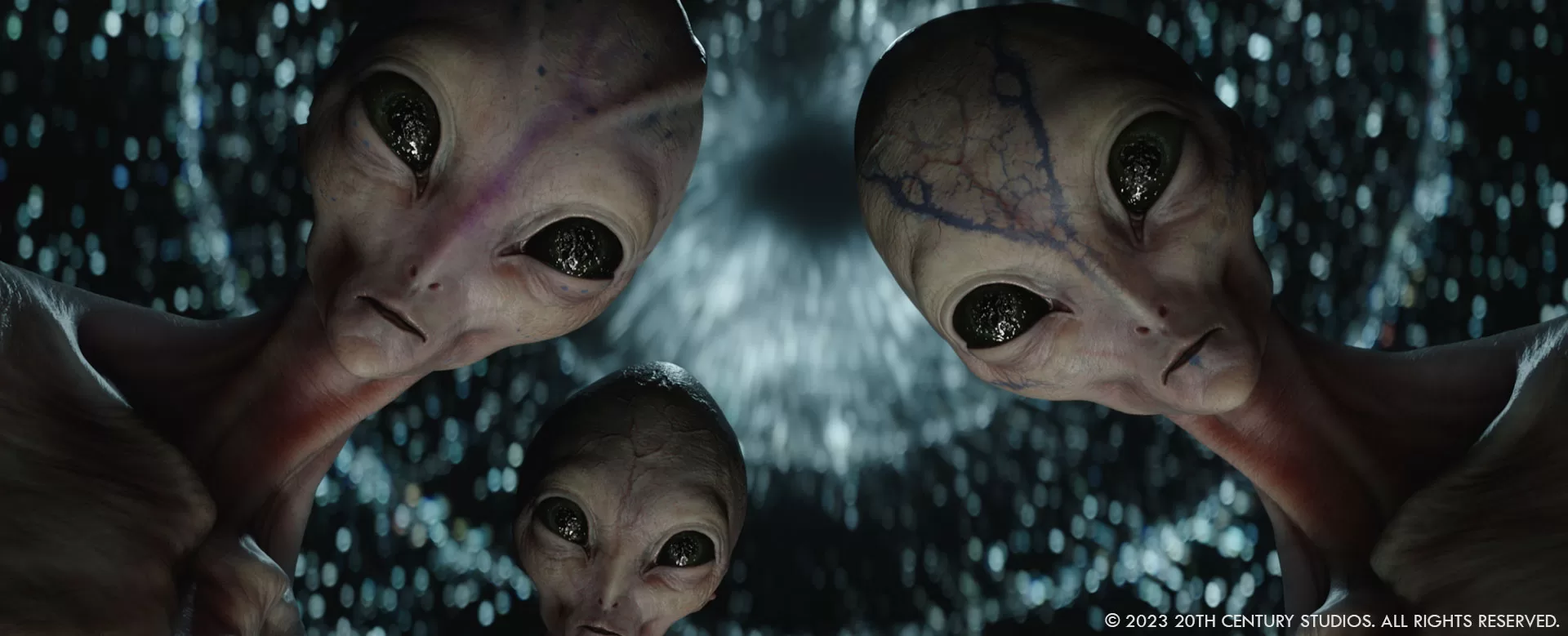
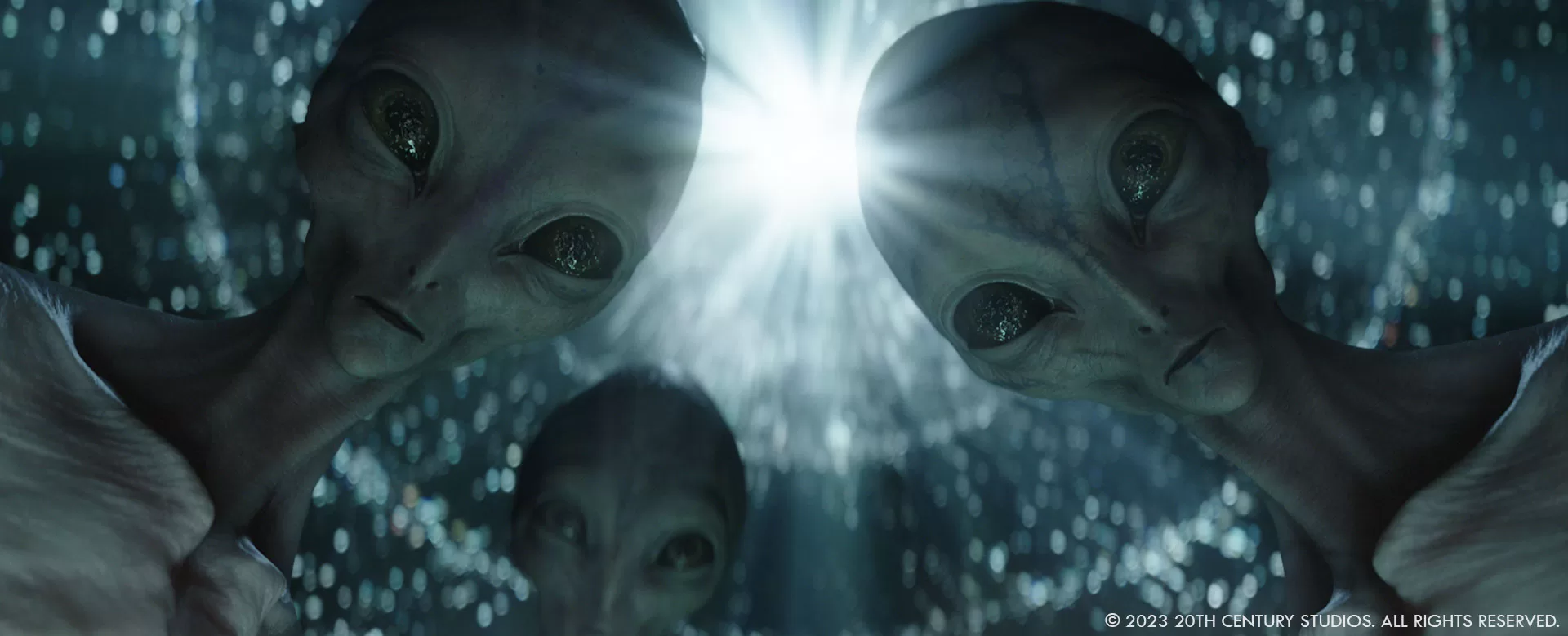
What is your favorite shot or sequence? Which was the most challenging?
Kunal – One of my favorite sequences is when Main Gray gets stabbed in the head, and falls on Brynn (Kaytlin Dever) with all the little nuances in his face followed by feeling the loss of life in his body.
The most challenging part was the “alien” light beam. It was an emotional roller coaster, from crying to laughing to getting even more gray hair. The end result was pure VFX magic that needed lots of attention and love from our team to be able to get the characteristics and story of how the light beam needed to be.
Spencer – The Daddy Long Legs sequences were by far the most challenging but also my favorite because of the weirdness of that alien. The creepy spider-like quality and the ceremonial gestures of their alien religion were fun to design.
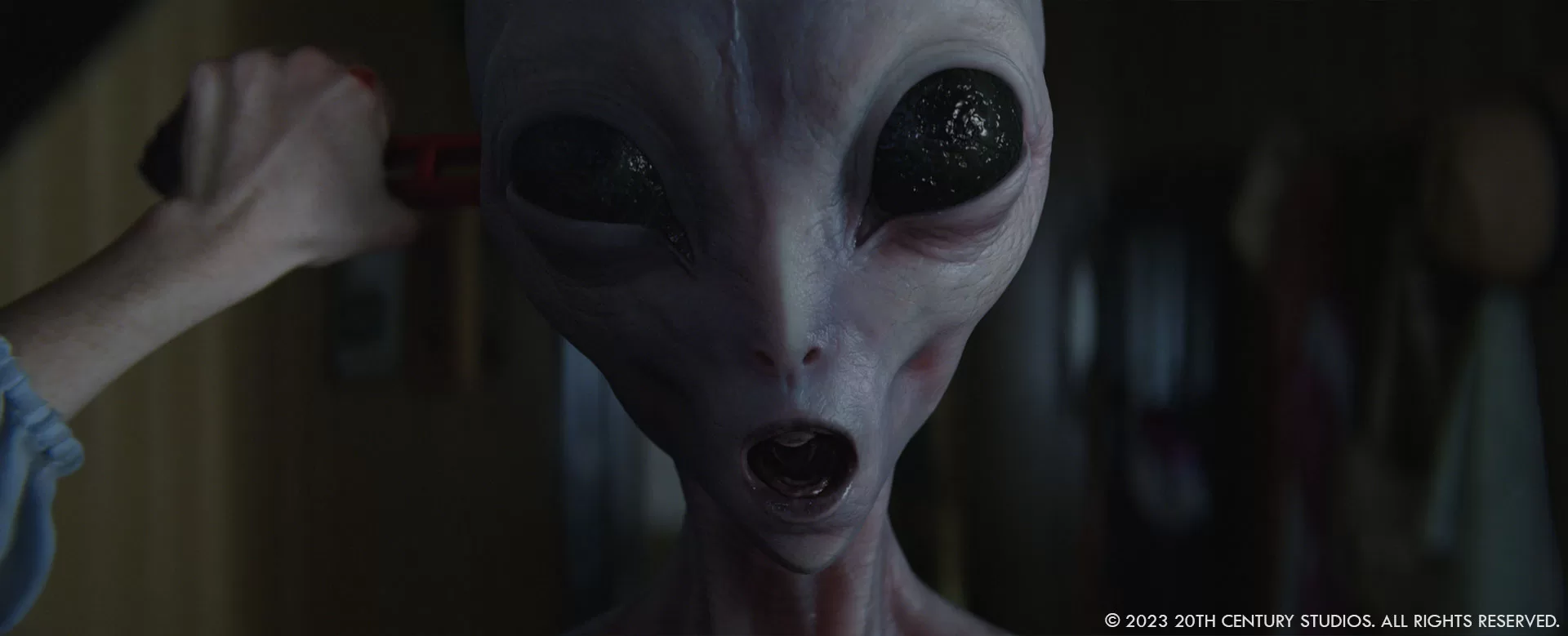
What is your best memory on this show?
Kunal – Apart from the team delivering the show with a big kaboom, it was also amazing to see the exceptional work delivered by the talent at DNEG on a daily basis. What made it unforgettable for me was the laughter and fun that we had while working on the show.
Spencer – Collaborating with Brian and his team was a great experience throughout. They relied on us to add ideas and help push Brian’s vision further, and of course, the DNEG team was fantastic, especially the animation team! I had great creature animators who would push beyond the notes and really make each shot a work of art.
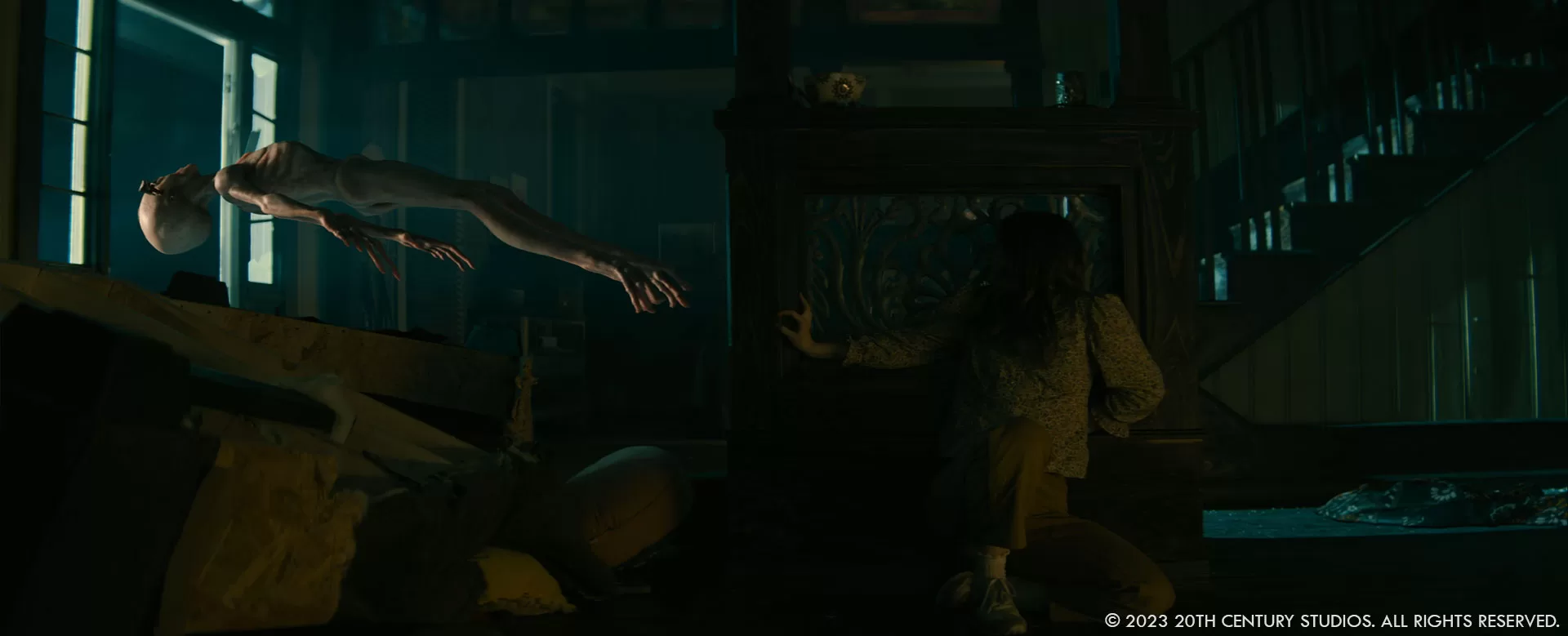
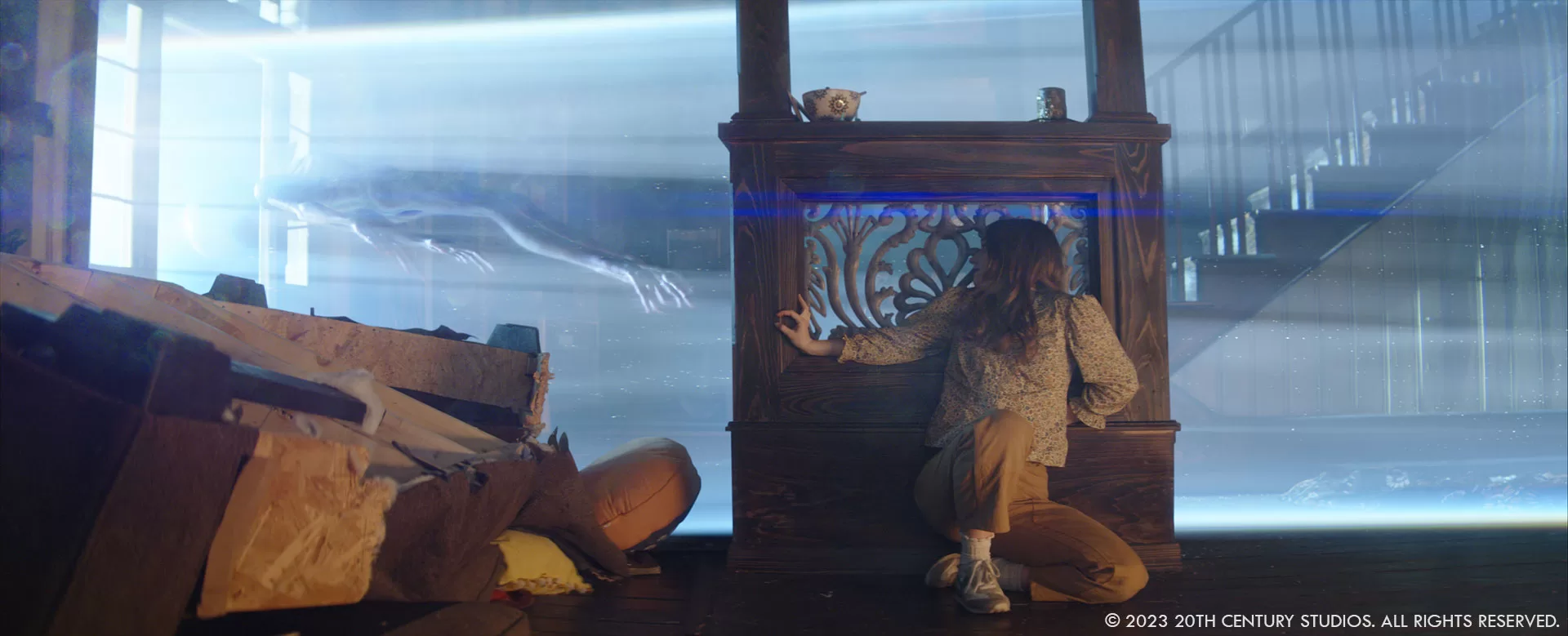
How long have you worked on this show and what’s the VFX shots count?
Kunal – We worked on 271 shots, with 624 team members for just a bit over a year. All amazingly managed by DNEG Producer Patricia Martinez Arastey, and DNEG Show Production Manager Nelson Dsouza across the global teams at DNEG.
Spencer – I was on the project for a little over a year.
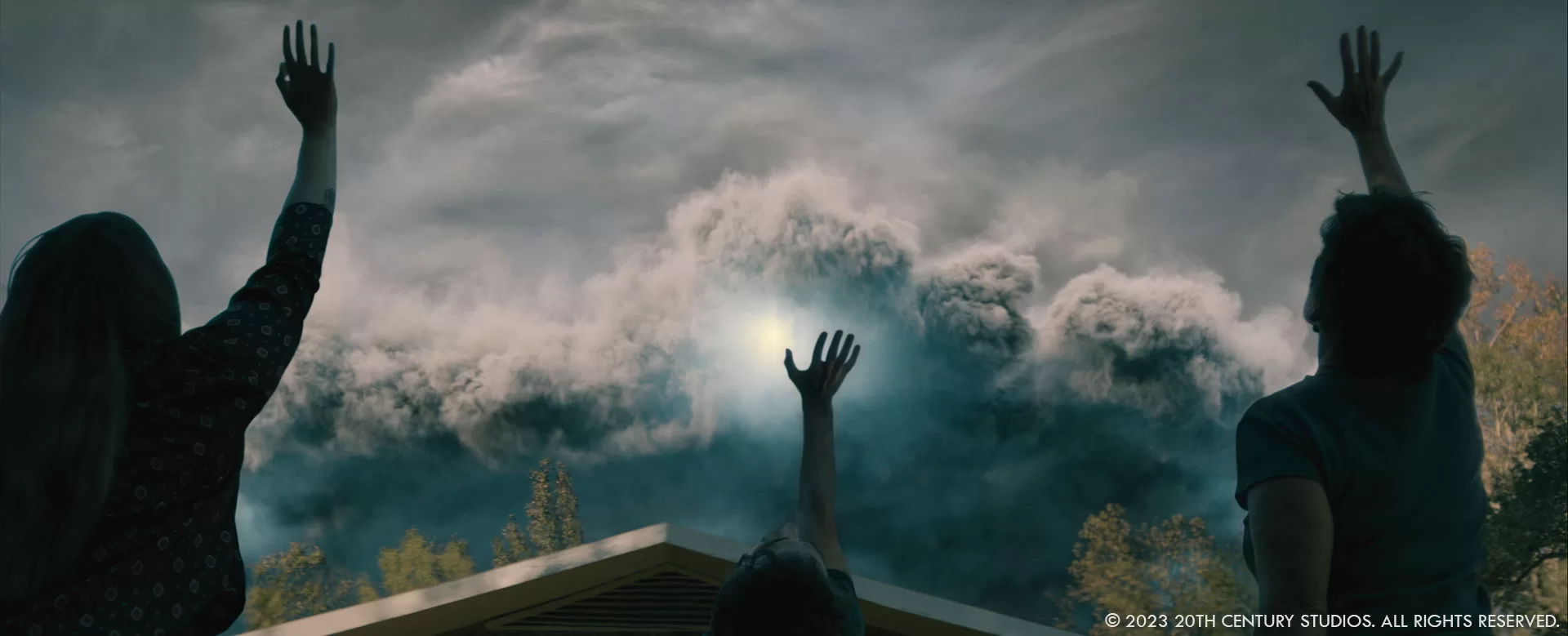
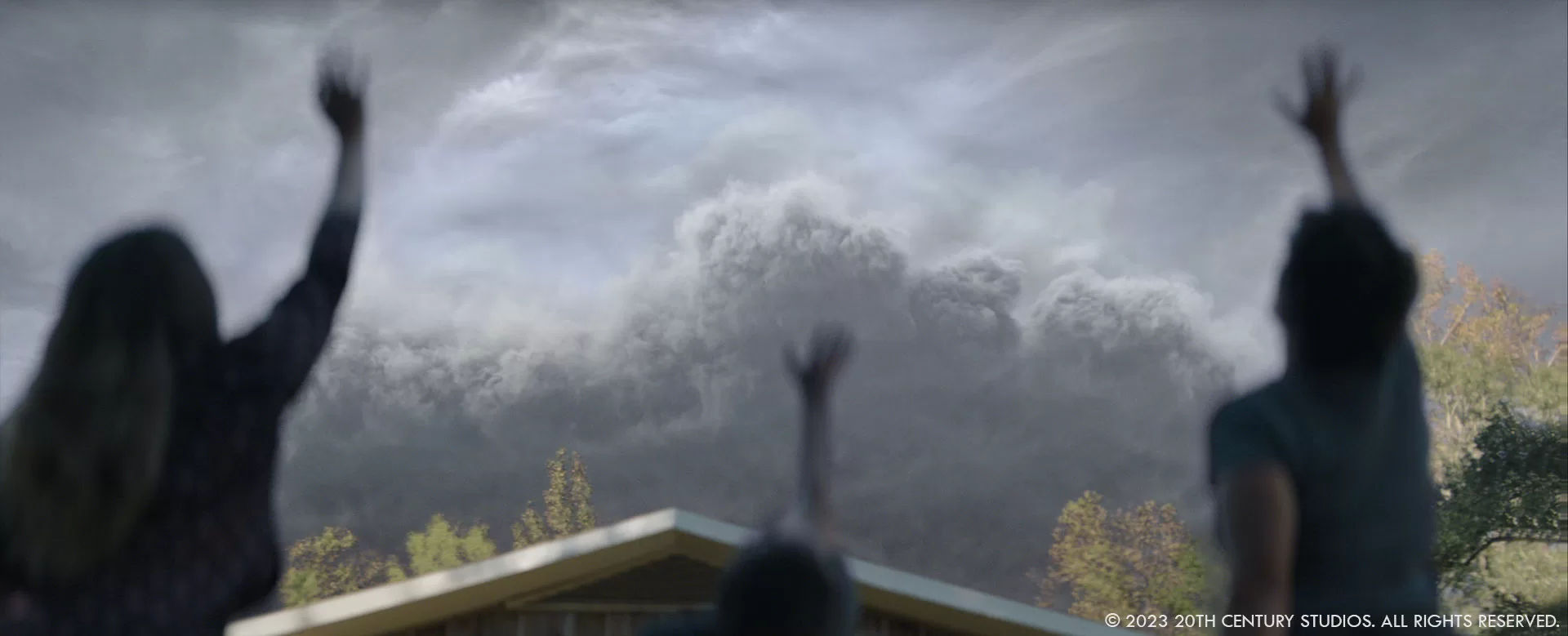
What is your next project?
Kunal – Stay tuned, the magic sauce is happening!
Spencer – Godzilla x Kong: The New Empire. We did some really cool sequences at DNEG.
A big thanks for your time.
WANT TO KNOW MORE?
DNEG: Dedicated page about No One Will Save You on DNEG website.
Disney+: You can watch No One Will Save You on Disney+ now.
Hulu: You can watch No One Will Save You on Hulu now.
© Vincent Frei – The Art of VFX – 2024






